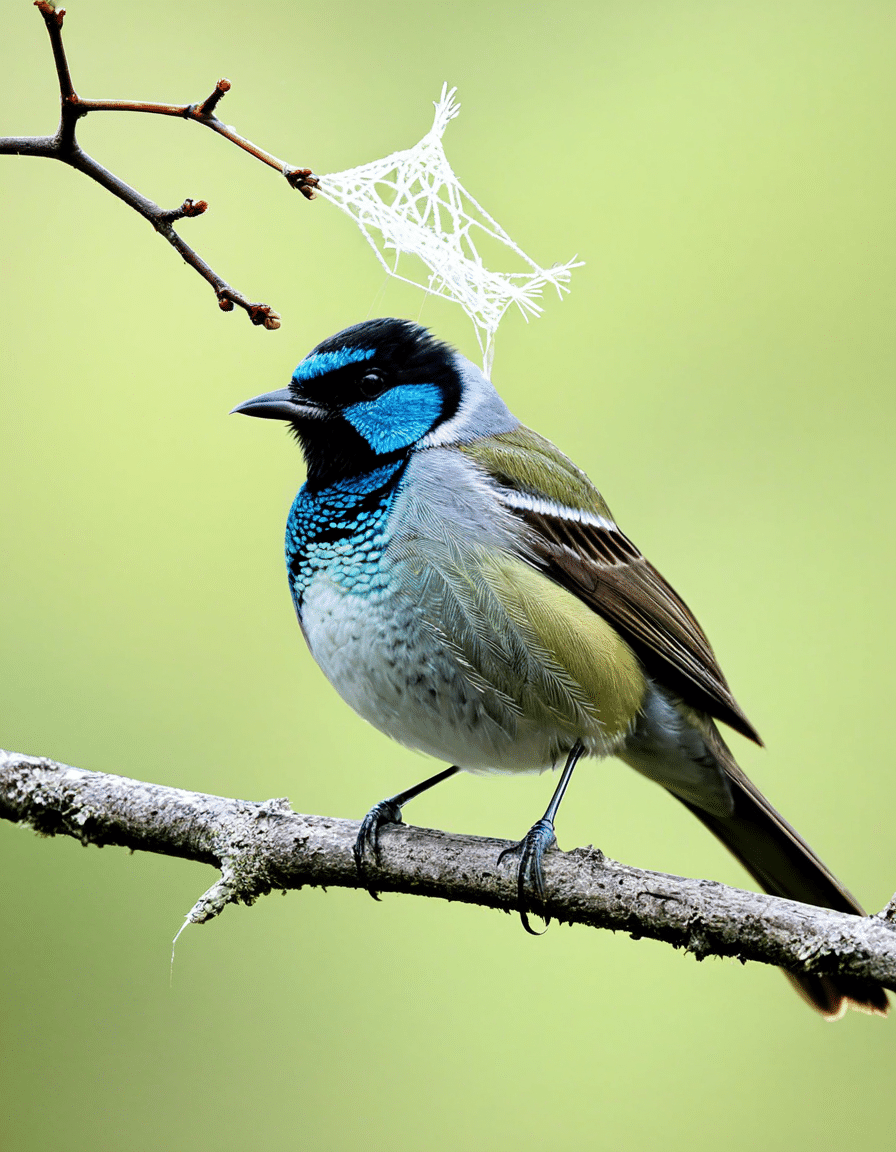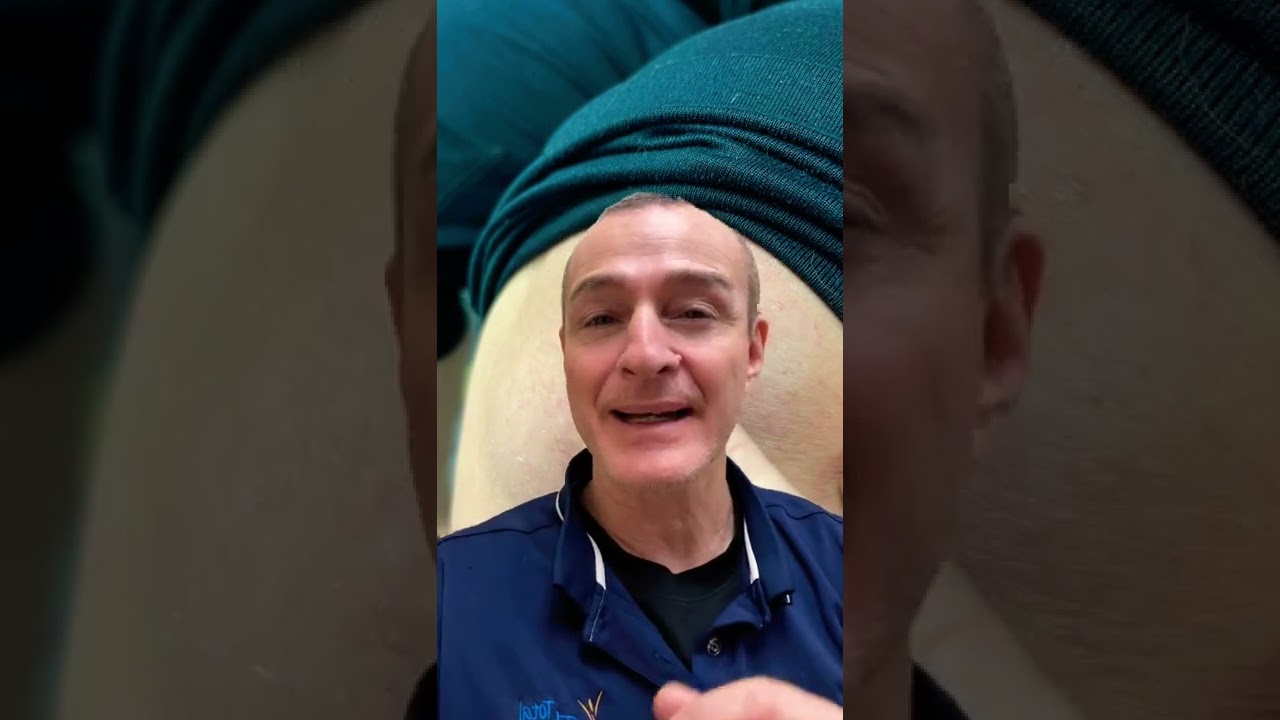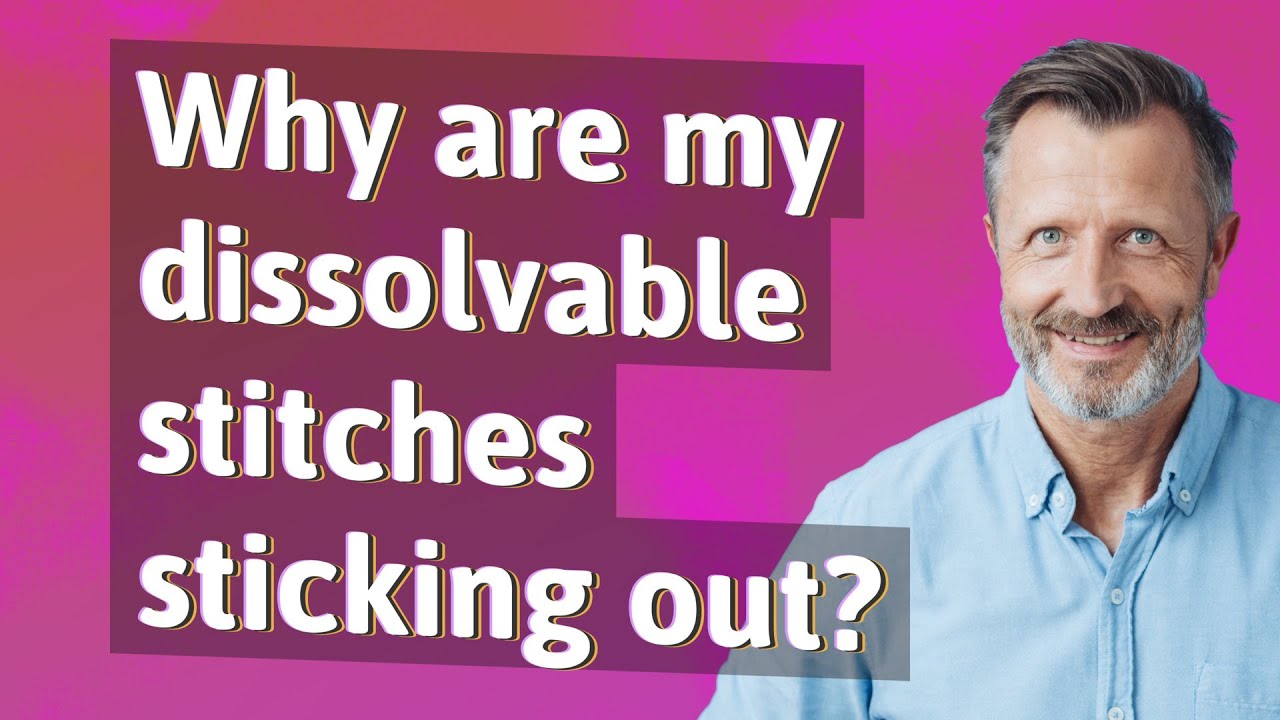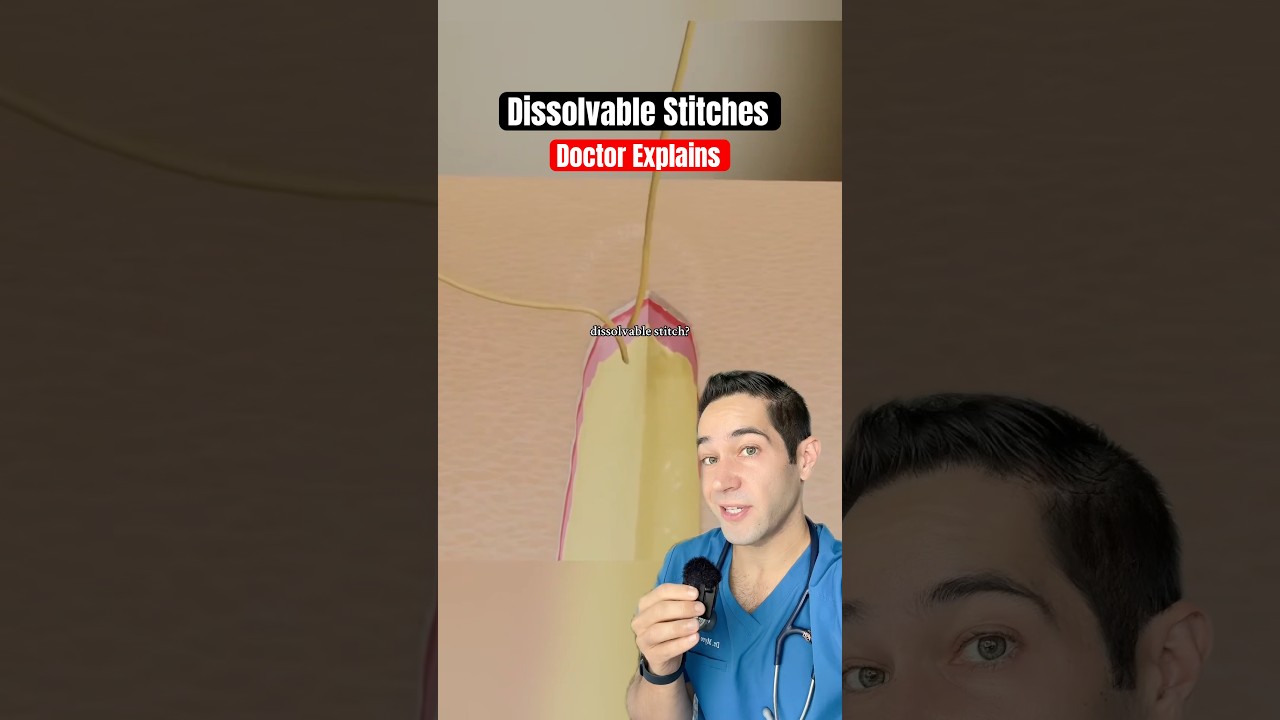When your furry friend undergoes surgery, you probably feel a mix of anxiety and hope. One common element that comes into play during these procedures is dissolvable stitches. These stitches, though helpful, can sometimes present issues, like when they become visible or dissolvable stitches sticking out of the skin. In this article, we’ll examine what happens when these stitches protrude, the potential risks involved, how to care for them, and when to call your vet.
Understanding the Nature of Dissolvable Stitches
Why Dissolvable Stitches?
Veterinarians often opt for dissolvable stitches, also known as absorbable sutures, because they help reduce the need for follow-up visits. Unlike traditional stitches that require removal, these absorbable sutures gradually disappear, making post-operative care easier on you. They are made from materials like polyglycolic acid, which break down naturally over time.
Many surgeries utilize these stitches, including spays, neuters, and soft tissue surgeries. By using dissolvable stitches, veterinarians aim to streamline recovery and sidestep extra appointments, getting your pet back on their paws faster.
How They Work
So, how do these stitches actually work? They dissolve through a process called hydrolysis, which can take anywhere from a few days to several months based on the type of suture used. While they are meant to break down and vanish, there are times when the body may take longer than expected, resulting in those tricky dissolvable stitches sticking out.
Keeping an Eye on Dissolvable Stitches
While dissolvable stitches offer many benefits, it’s crucial to stay alert for any complications. If you notice these stitches sticking out, it could indicate a problem. Regular checks on the surgical site can help catch any issues early, ensuring your pet remains comfortable during recovery.

Top 5 Risks of Dissolvable Stitches Sticking Out
When it comes to dissolvable stitches sticking out, there are several risks that every pet owner should keep in mind:
Stitches that extend beyond the incision can trap bacteria, making the surgical site vulnerable to infection. For example, an exposed stitch in a dog’s incision can lead to abscesses if not promptly treated.
Protruding stitches can rub against your pet’s skin, causing redness, swelling, and discomfort. Pets may show signs of irritation, like excessive grooming or biting at the site.
If your pet starts licking or chewing at the stitches, they risk further damaging healthy tissue. A cat might gnaw on stitches inside its mouth, potentially harming its gums or oral cavity.
Stitches that stick out can impede normal healing, leading to prolonged recovery times. If the stitch pulls on the skin, it can prevent the wound from closing correctly, ultimately hindering the healing process.
Sometimes, you may see suture material pushing through the skin. In such cases, a veterinary intervention may be necessary to remove the extra material and ensure everything is healing properly.
When Dissolvable Stitches Might Be Hanging in Mouth: Implications and Solutions
Common Scenarios
Dissolvable stitches hanging in mouth situations can be particularly worrying. After dental surgeries, for instance, pets may end up with stitches that come loose or begin to hang down. This can pose significant risks for eating and swallowing.
Potential Risks
If a stitch detaches in the mouth, there’s a chance it could be ingested. This can lead to choking or digestive issues, further complicating the healing process. Being aware of these risks can help pet owners stay vigilant.
Care Tips
To prevent complications, monitor your pet closely. Look for unusual behaviors around the surgical site, like excessive drooling or difficulty eating. If you notice your pet struggling, don’t hesitate to contact your veterinarian. It’s always best to be safe when it comes to your pet’s health.

Expert Insights: Monitoring and Aftercare
Post-operative Instructions
Proper aftercare can significantly influence how well your pet recovers. Keep the surgical area clean and dry, and avoid letting your pet take baths or swim until your veterinarian gives you the go-ahead. An Elizabethan collar can be a lifesaver, preventing pets from licking or biting at the stitches, especially in high-risk areas such as the mouth.
Vet Check-ups
After surgery, routine veterinary check-ups can help ensure everything is healing as it should be. Your veterinarian can identify any issues with dissolvable stitches sticking out and address them promptly, promoting a smoother recovery for your pet.
Communication is Key
Remaining open with your veterinarian is crucial during your pet’s recovery. If you have questions about care or are worried about how your pet is healing, don’t hesitate to reach out. Open lines of communication can preemptively address any concerns.
Innovative Wrap-Up
Managing dissolvable stitches sticking out can be tricky during your pet’s recovery process. While they offer the convenience of disappearing stitches, complications can arise. By understanding the potential risks and practicing diligent aftercare, you give your pet the best chance to heal properly. Always keep an eye on your furry friend and maintain a dialogue with your veterinarian to ensure a seamless recovery. Happy healing!
Whether your pet is a Black Giant schnauzer or a lively Jack Russell, keeping tabs on their surgical recovery is essential. For more insightful pet information, check out topics like How long do Jack russells live and average lifespan Of a Shih tzu to help you care for your beloved animals.
Dissolvable Stitches Sticking Out: Fun Trivia and Interesting Facts
Understanding Dissolvable Stitches
Dissolvable stitches, often used in both human and animal surgeries, are designed to break down over time, allowing the body to heal naturally. However, if you see dissolvable stitches sticking out, it could raise some concerns. Did you know that the material used for these stitches is similar to some fabrics in the fashion world? Think of it as a second skin that becomes part of your pet’s recovery. Just as some designs aim for durability, the creation of these stitches balances safety and healing.
When it comes to pets, the timeline for these stitches to dissolve can vary significantly. In some cases, they might take anywhere from a few days to several weeks to completely disappear. Interestingly, this timeline is somewhat akin to how the mortgage rate today can shift based on market conditions—variables are always at play! So, if you spot those stitches, keep an eye on them but know that they’re likely doing their job unless complications arise.
The Risks of Stitches Sticking Out
Seeing those dissolvable stitches sticking out isn’t just about aesthetics. There’s a potential for infection or discomfort, which is where being informed can really count. Sometimes, pet owners panic and start comparing their experiences with home remedies, reminiscent of how folks discuss sports—think about the giants vs. diamondbacks debate, where everyone has an opinion! In such cases, the best approach is always to consult your vet rather than rely on hearsay.
Did you know that the types of stitches used in veterinary medicine have evolved quite a bit over the years? Mastering the art of pet care has become a community passion, much like how actors like Marcia Harvey have honed their craft over time. A proper understanding of these stitches can help you identify any issues early on, ensuring your furry friend receives the right care promptly.
Final Thoughts on Dissolvable Stitches
In the end, those dissolvable stitches sticking out aren’t always a dire situation, but it’s crucial to stay vigilant. Remember, every pet, like every person, has a unique experience. A solid grasp of what’s happening beneath the surface can make all the difference, much like understanding What Is kibble when it comes to your pet’s nutrition. And just like Brandon Wardells comedic twists can surprise audiences, the unexpected can sometimes happen with pet recovery. If in doubt, reaching out to your vet will give you peace of mind and help you navigate this journey smoothly.






